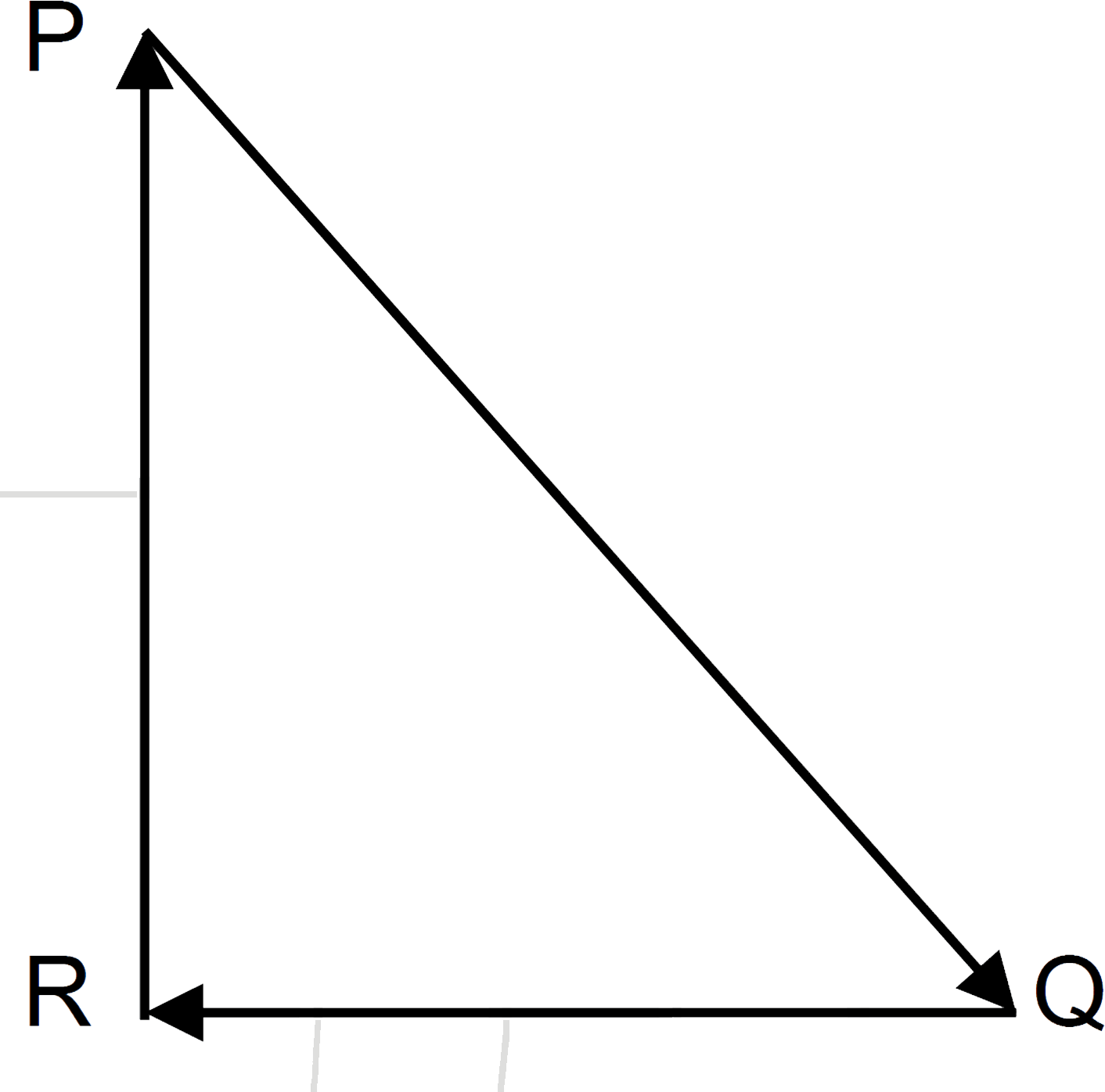A force of constant magnitude F acts on a particle moving in a plane such that it is perpendicular to the velocity →v(|→v|=v) of the body and the force is always direct towards a fixed point. Then the angle turned by the velocity vector of the particle as it covers a distance S is (take mass of the particle as m)
FS2mv2
2FSmv2
FS2mv
FSmv2
Since →F⊥→V the particle will move along a circle
∴F=mv2R&θ=SR⇒θ=FSmv2
Topper's Solved these Questions
Similar Questions
Knowledge Check
- Question 1 - Select One
A particle is acted upon by a force of constant magnitude which is always perpendicular to the velocity of the particle. The motion of the particle takes place in a plane. It follows that
Aits velocity is constantBits acceleration is constantCits kinetic energy is constantDit moves in a straight line.
The magnetic force on a charged particle is always perpendicular to its velocity. Can the magnetic force change the velocity of the particle? Speed of the particle?
View SolutionThe power supplied by a force acting on a particle moving in a straight line is constant. The velocity of the particle varies with the displacement x as :
View SolutionA particle moving with velocity →V is acted by the three forces shown by the vector triangle PQR. The velocity of the particle will :
 View Solution
View SolutionA particle is acted upon by a force of constant magnitude which is always perpendicular to the velocity of the particle. The motion of the particle takes place in a plane. It follows that
View SolutionA particle is acted upon by a force of constant magnitude which is always perpendicular to the velocity of the particle. The motion of the particle takes place in a plane. It follows that
View SolutionA particle is acted upon by a force of constant magnitude which is always perpendicular to the velocity of the particle. The motion of the particle takes place in a plane. It follows that
View SolutionA particle is acted upon by a force of constant magnitude which is always perpendiculr to the velocity of the particle. The motion of the particle takes place in a plane. It follows that
View Solution

